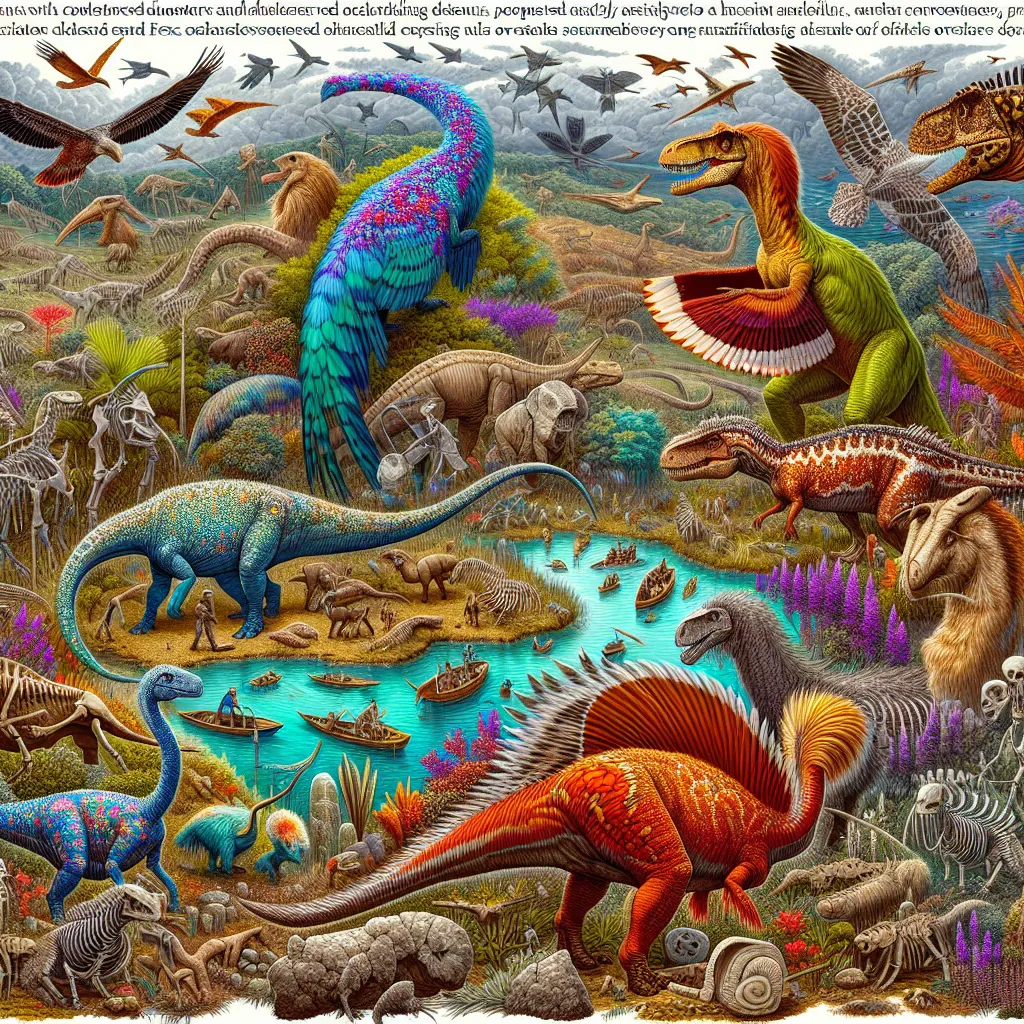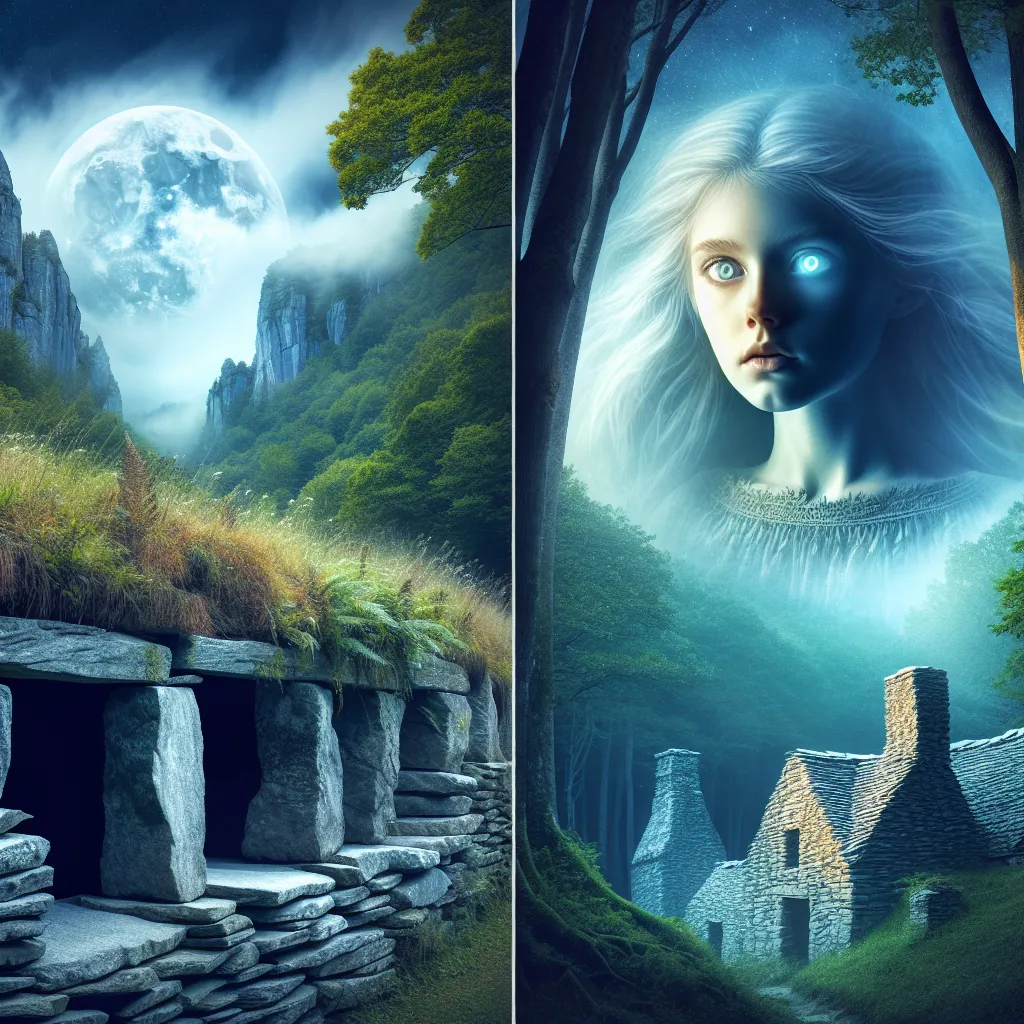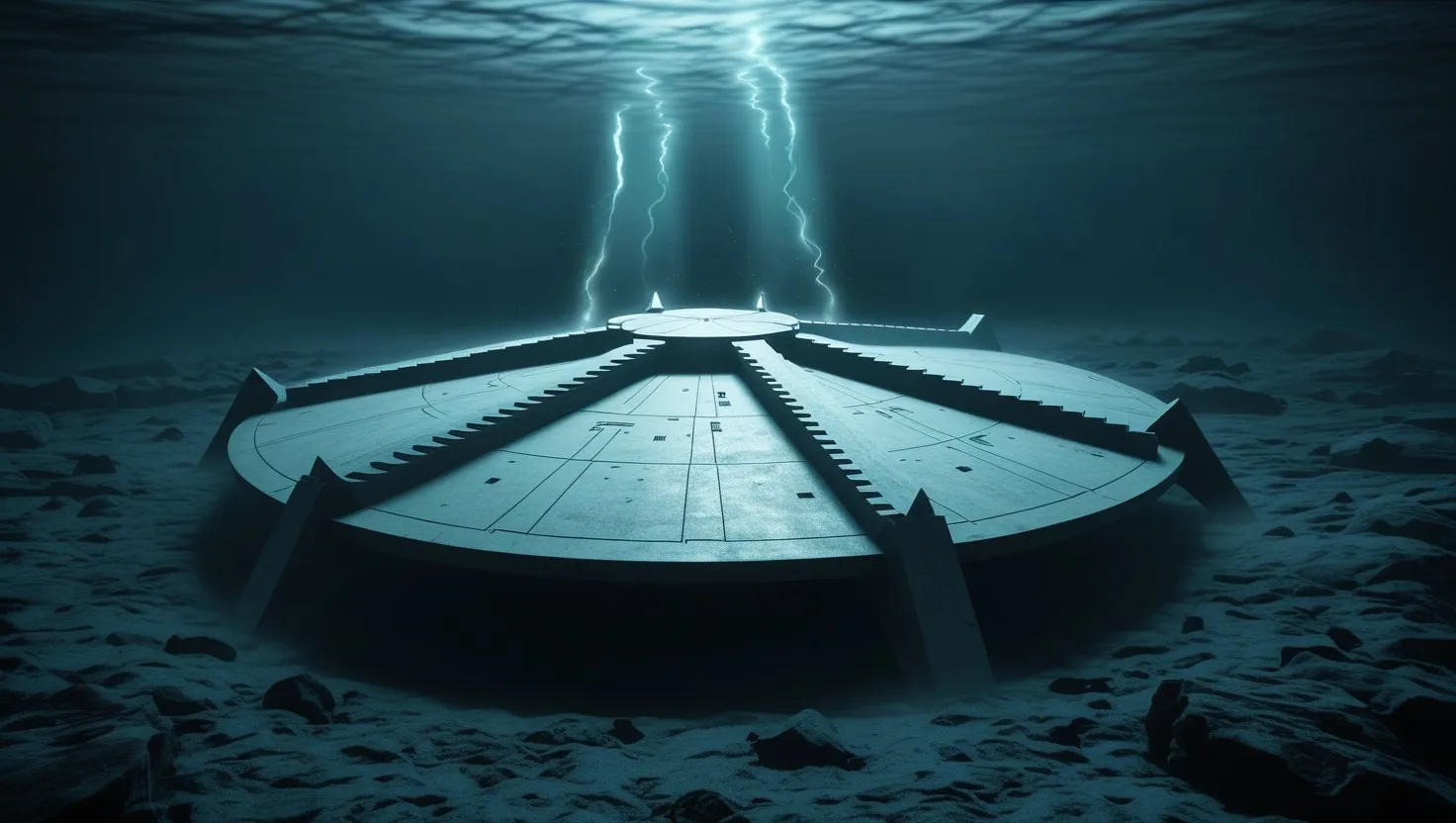The past is like an enormous puzzle that starts at the big bang and stretches to our present moment. It’s filled with countless creatures and events, many of which remain a mystery to us. Even though we’ve discovered a lot about history, there’s so much more that we don’t know. And even scarier, there’s probably even more we’re completely unaware of.
To appreciate the wonder of life, consider this: we’ve identified around 1.5 million eukaryotic species, but there could be up to 10 million existing today. Each year, we add about 15,000 new species to our knowledge. Yet, the majority of life on Earth remains undiscovered. This is just the tip of the iceberg when it comes to today’s biodiversity. Over the course of Earth’s history, an estimated four billion species have appeared, with 99% of them now extinct, long before humans walked the Earth.
Discovering the past relies heavily on fossils, remnants from ancient times. These could be bones, shells, or even impressions in stone. The collection of all fossils is known as the fossil record, our most crucial glimpse into history. For a fossil to form, everything must go perfectly: the right environment, proper burial, and survival over millions of years. It’s almost a miracle that we have the fossils we do, giving us a peek into the prehistoric world.
Dinosaurs, some of the largest and most successful animals to ever exist, lived for about 165 million years. We’ve found tens of thousands of fossils from over 1,000 dinosaur species, and every year we discover around 50 new species. This expanding knowledge of dinosaurs is incredible but also highlights how much we’ve lost to the sands of time.
It’s fascinating to imagine all the weird and wonderful creatures that could have existed. Think of an animal like a giraffe—unique and almost bizarre in appearance. There could have been countless “dinosaur giraffes” with strange adaptations that we’ll never know about. Many species probably lived in environments like jungles that didn’t support fossilization, and their remains are lost to history.
Even today, biology presents a challenge. Most soft tissues don’t preserve well, leaving us with primarily bones and teeth. Hence, boneless creatures like jellyfish or worms rarely enter the fossil record. While shells have preserved some soft-bodied species, much is still missing. Reimagining extinct animals based only on bones often results in monstrous depictions, far removed from their true appearances. Soft tissues, skin flaps, and other features would have made them look much different and possibly more relatable.
Color is another mystery. While modern technology and rare fossils have given us hints—like the striped tail of Sinosauropteryx—we largely don’t know the true colors of many ancient species. Today’s birds, descendants of dinosaurs, show an amazing range of colors, suggesting that some dinosaurs might have been just as vibrant.
Behavior is another area where we can only speculate. For instance, we once saw the T. rex as a fierce, dumb beast, but modern scans have shown it had a large brain and sharp senses. Perhaps it was more like a big cat, playful and social when not hunting. Similarly, the elaborate horns and shields of ceratopsids might have been used in colorful mating dances, not just for combat.
The past, in all its complexity, is mostly hidden from us. While it’s sad that we’ll never experience these ancient creatures firsthand, we can still be guardians of the present. By preserving today’s wildlife, whether in the wild, in museums, or through media, we ensure that future generations have their own wonders to discover. As amazing as our imagination is, nothing beats witnessing the beauty and diversity of life in the here and now.






